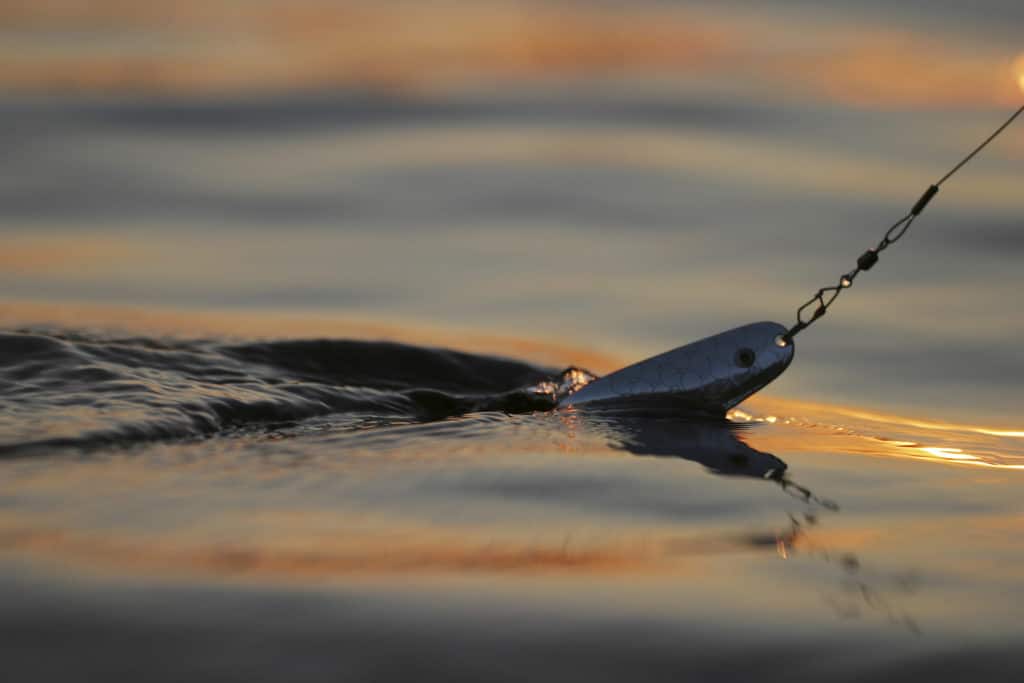Take Us to Your (Fishing) Leader

The month of March is underway, hopefully winter is pretty much over, and the Chesapeake’s rockfish season is fast approaching.
Because of a decline in the overall striped bass population, the start of the trophy season will be postponed two weeks this year to give more protection to spawning fish. Rockfish trophy season will not open until May 1 but it is not too soon to begin making preparations for a productive effort.
There will be a lot of competition for fewer fish so putting in your best effort is critical to success. Increase your chances by using the most effective terminal tackle—your leader.
The leader is the section of line closest to the lure or bait. It is the most critical section because it endures the most abrasion both from contact with the fish’s mouth, gill covers and body scales and from the rocks, pilings and structures in the water. Because of these stressors the leader is usually of thicker diameter, stronger test weight and harder material and tends to be more visibly obvious.
Fishing lines have evolved over the years from starkly opaque materials such as braided horsehair, silk, braided nylon or dacron to an extruded, generally clear-colored nylon polymer called monofilament. By 1960, monofilament had become the standard fishing line and leader used by most of the world’s sport anglers.
In the last few years there has been another unique technological development in this arena. Fluorocarbon, used in saltwater fishing leaders, produces better catches as it is less visible in the water than any comparable material. Stripers grow reasonably fast but legal-sized 18- to 20-inchers are only three years old and aren’t as wary. Most can be caught on rudimentary setups without regard to the visual impact of lines or leaders.
Larger, older fish are another story. A minimum-sized trophy rockfish of 35 inches is about 10 years old and a 50-incher will be 20 years old with a life expectancy of over 30. Older rockfish have excellent eyesight and plenty of time to become discerning when looking over an angler’s offering, especially the leader.
Makers of fluorocarbon leaders claim they are invisible underwater. This is of course pure nonsense, pure marketing hokum. Refraction, the bending of light as it passes through a medium, is the reason that fluoro is less visible than mono.
There are many manufacturers developing all types of leader materials that compete in the angling market. Seaguar’s is the best brand I’ve used. During the remainder of the cold weather, it might be wise to compare the specs of the newest developments in that most critical link, your leader. It could definitely pay off come May 1.
FishFinder
I’ve been off fishing in Panama for the last two weeks, and while I can report that the bite there is excellent and the weather superb, I haven’t much recent firsthand experience on the Tidewater. I have been told, however, that the yellow perch run has reached its peak and is beginning to taper off while white perch are now ascending the tributaries en masse and taking over the headwaters to reproduce.
Pickerel are still hanging in with the perch and picking off an occasional meal but lately are becoming more interested in their own spawn.
Rockfish trophy season has been postponed to May 1; all catch and release action for stripers will be prohibited starting the month of April. Get ready now for the new season and remember it’s never the same as last year. Be ready for anything.
